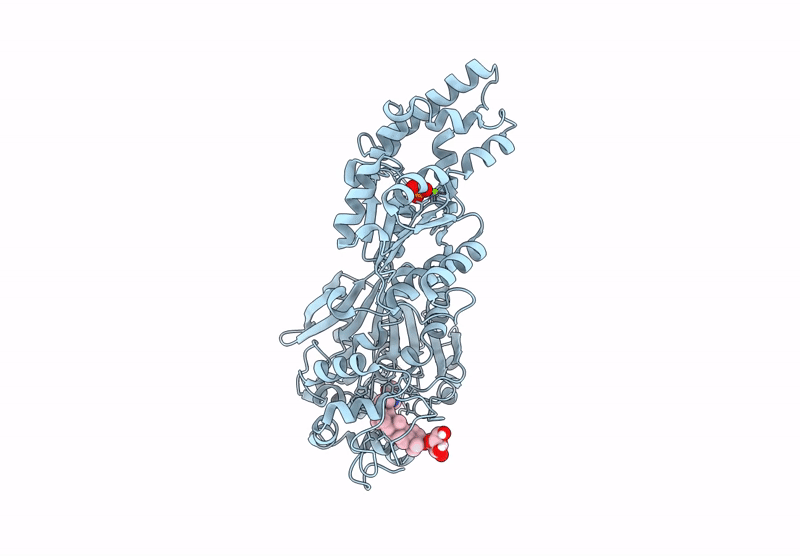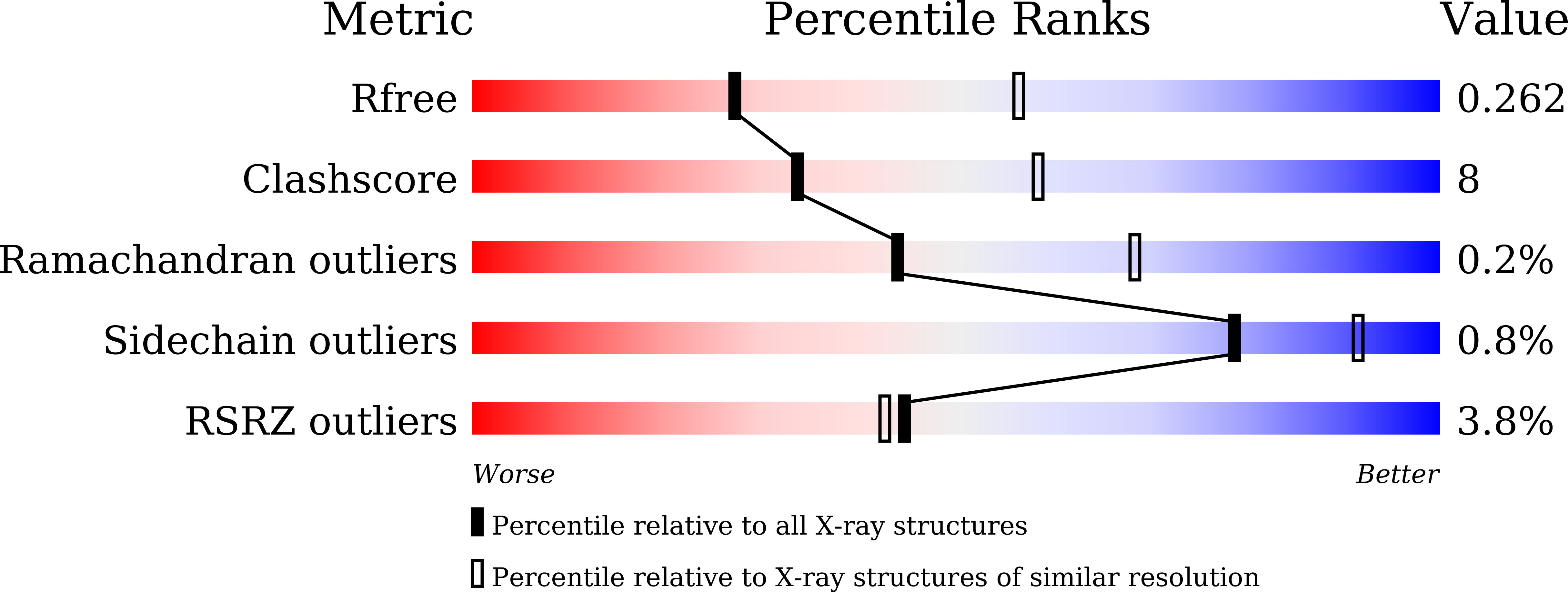
Deposition Date
2024-04-26
Release Date
2024-12-11
Last Version Date
2024-12-11
Entry Detail
PDB ID:
8ZBL
Keywords:
Title:
Glycosidated glycyrrhetinic acid derivative as a soluble epoxide hydrolase inhibitor
Biological Source:
Source Organism:
Homo sapiens (Taxon ID: 9606)
Host Organism:
Method Details:
Experimental Method:
Resolution:
2.70 Å
R-Value Free:
0.26
R-Value Work:
0.20
R-Value Observed:
0.21
Space Group:
P 65 2 2


